ET calling from Mars? Just a test, but you can help decode the signal from robotic orbiter
Earth has received a mysterious signal! But wait, the message is not of extraterrestrial origin. It was transmitted by humans as part of a simulation to mimic an actual communication from aliens.
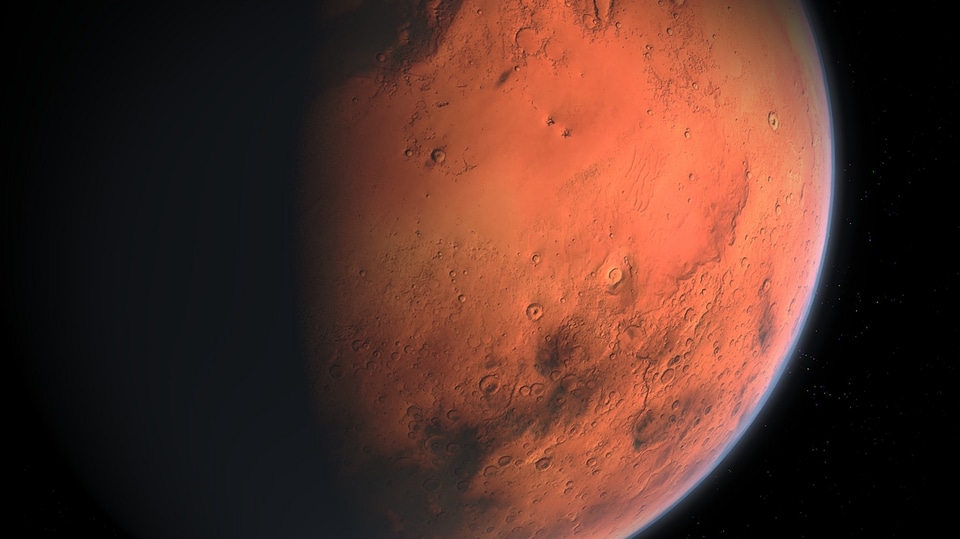

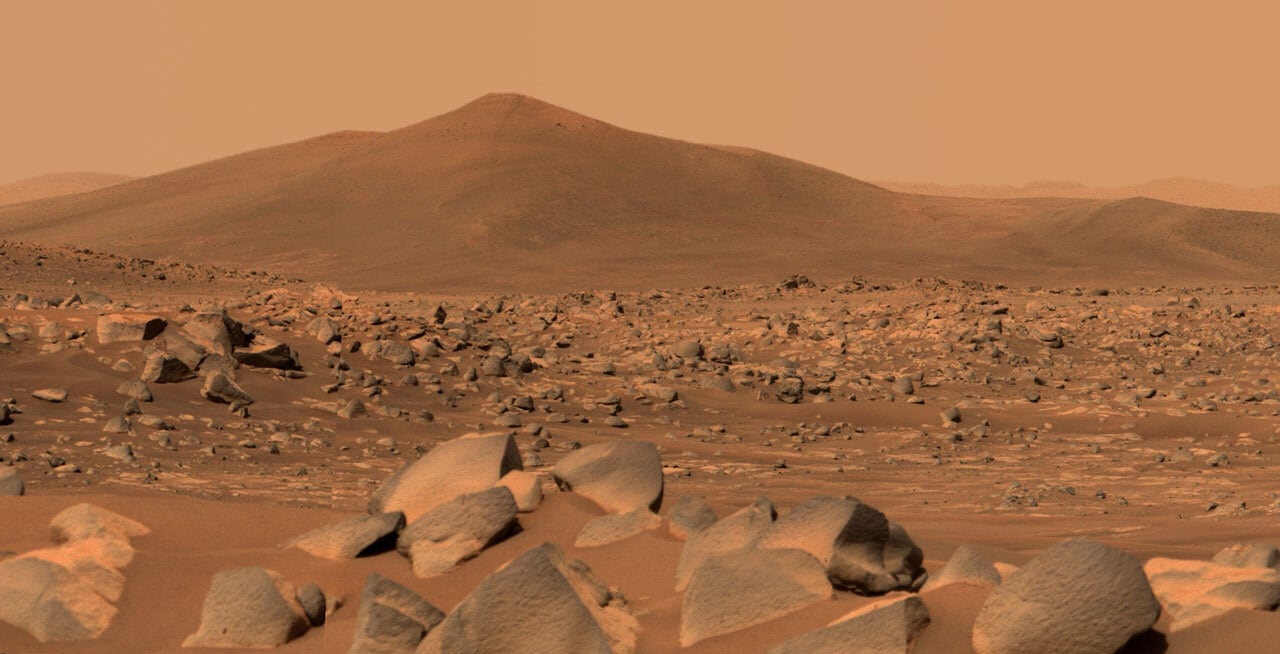

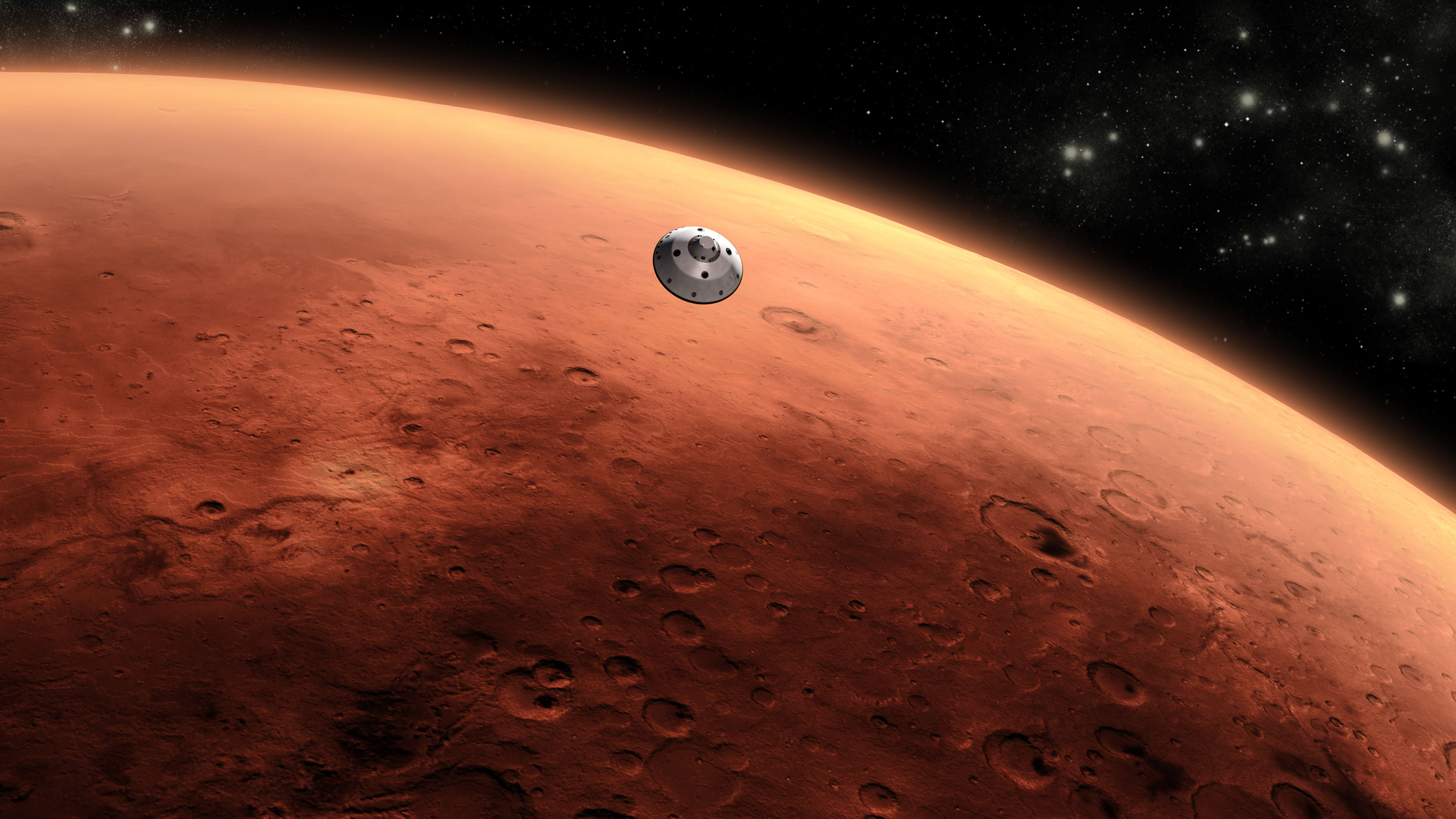
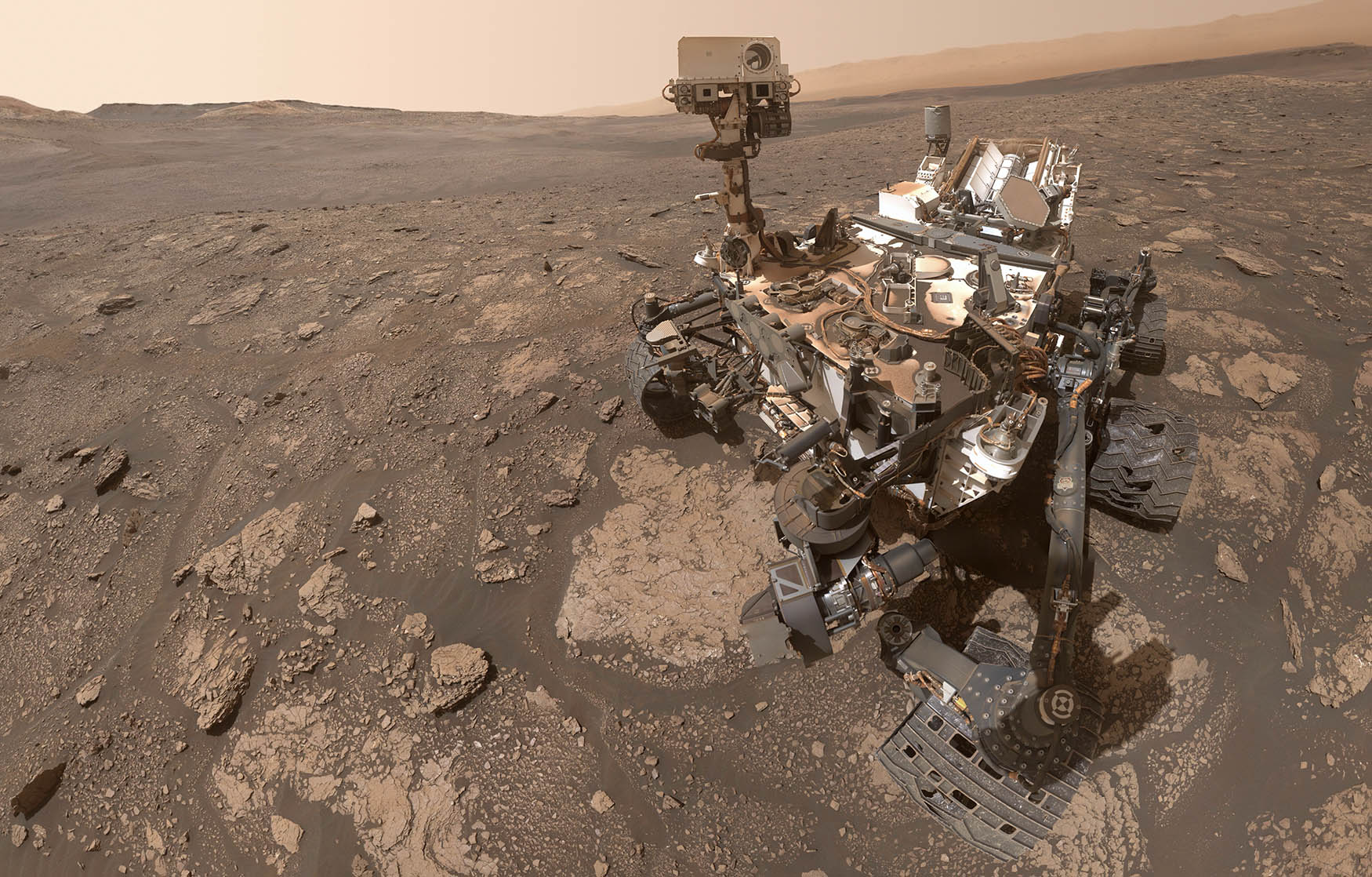
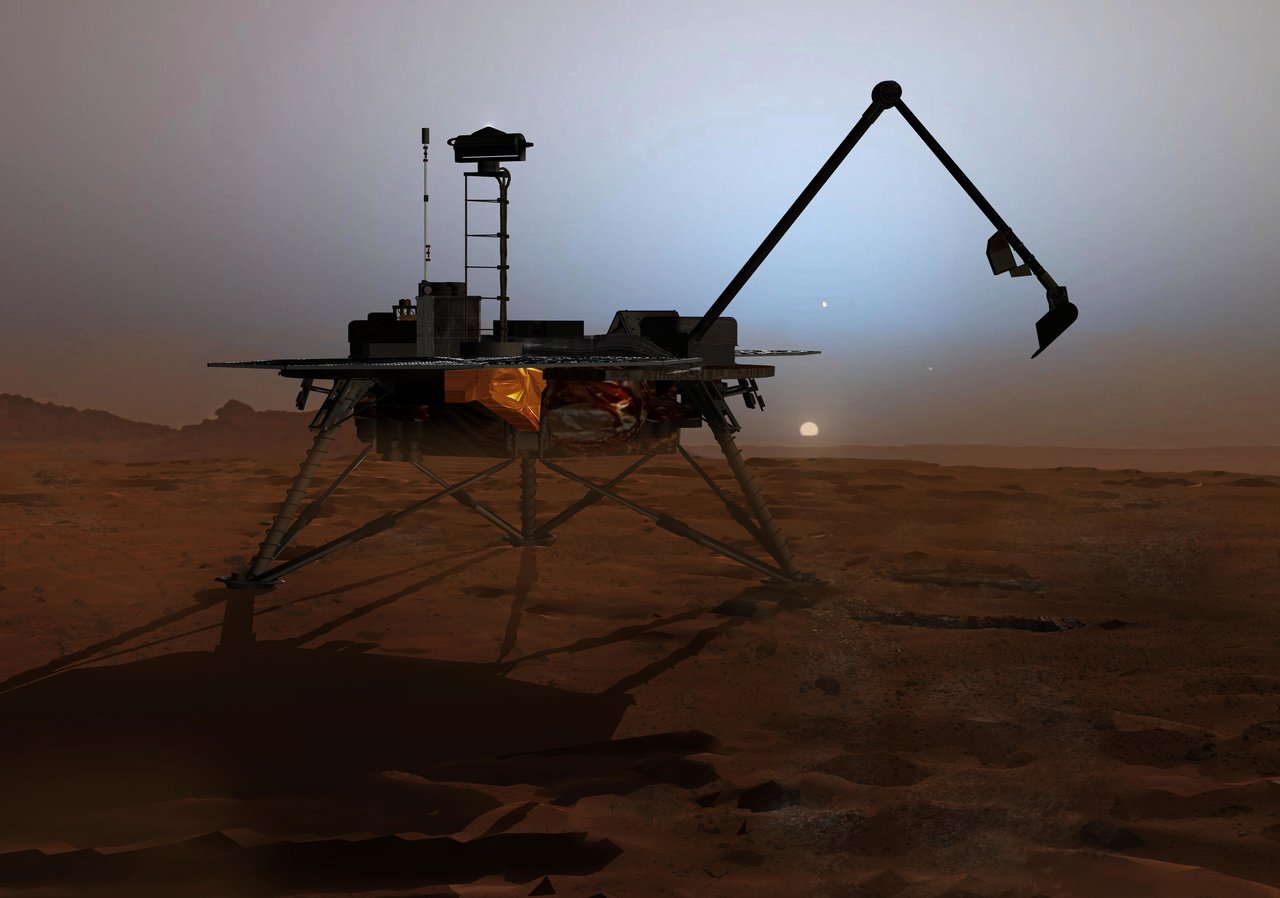
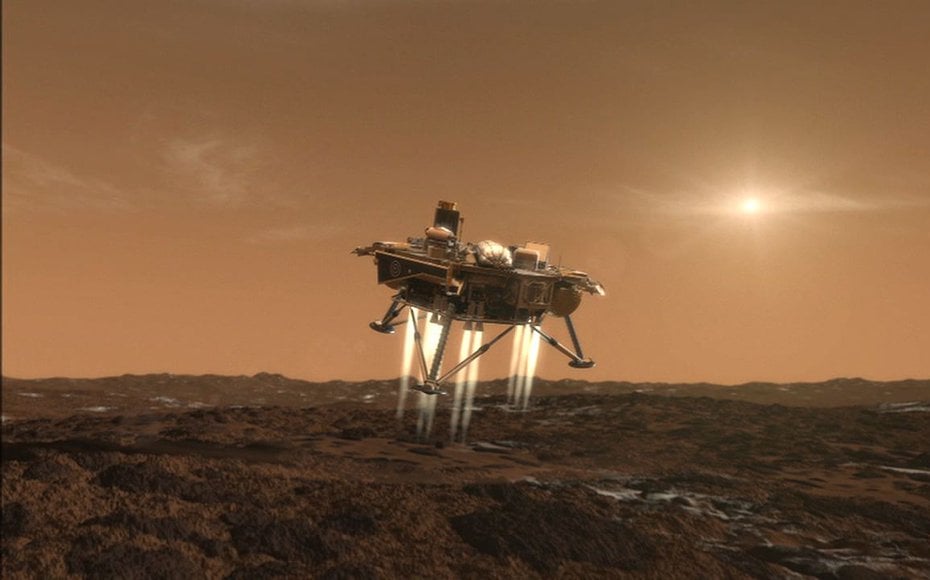
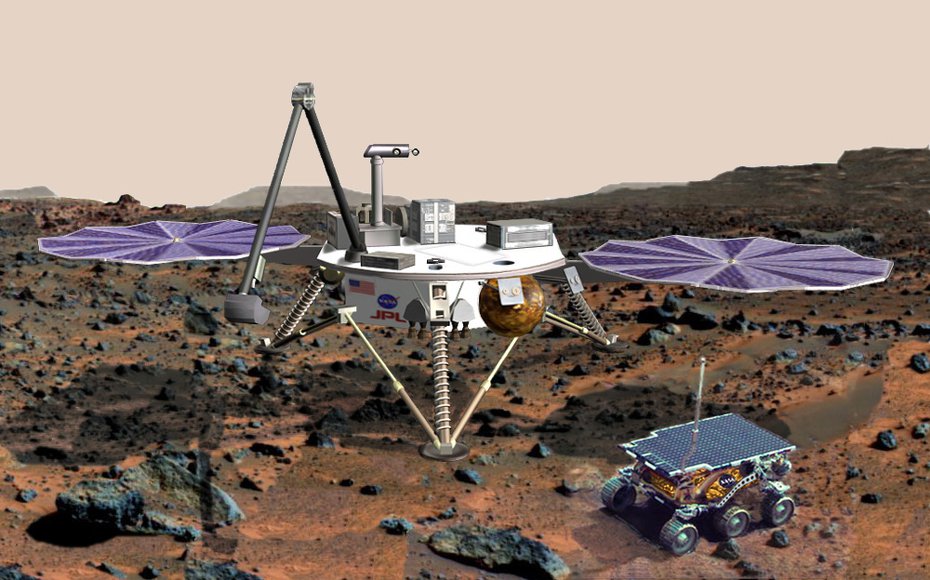

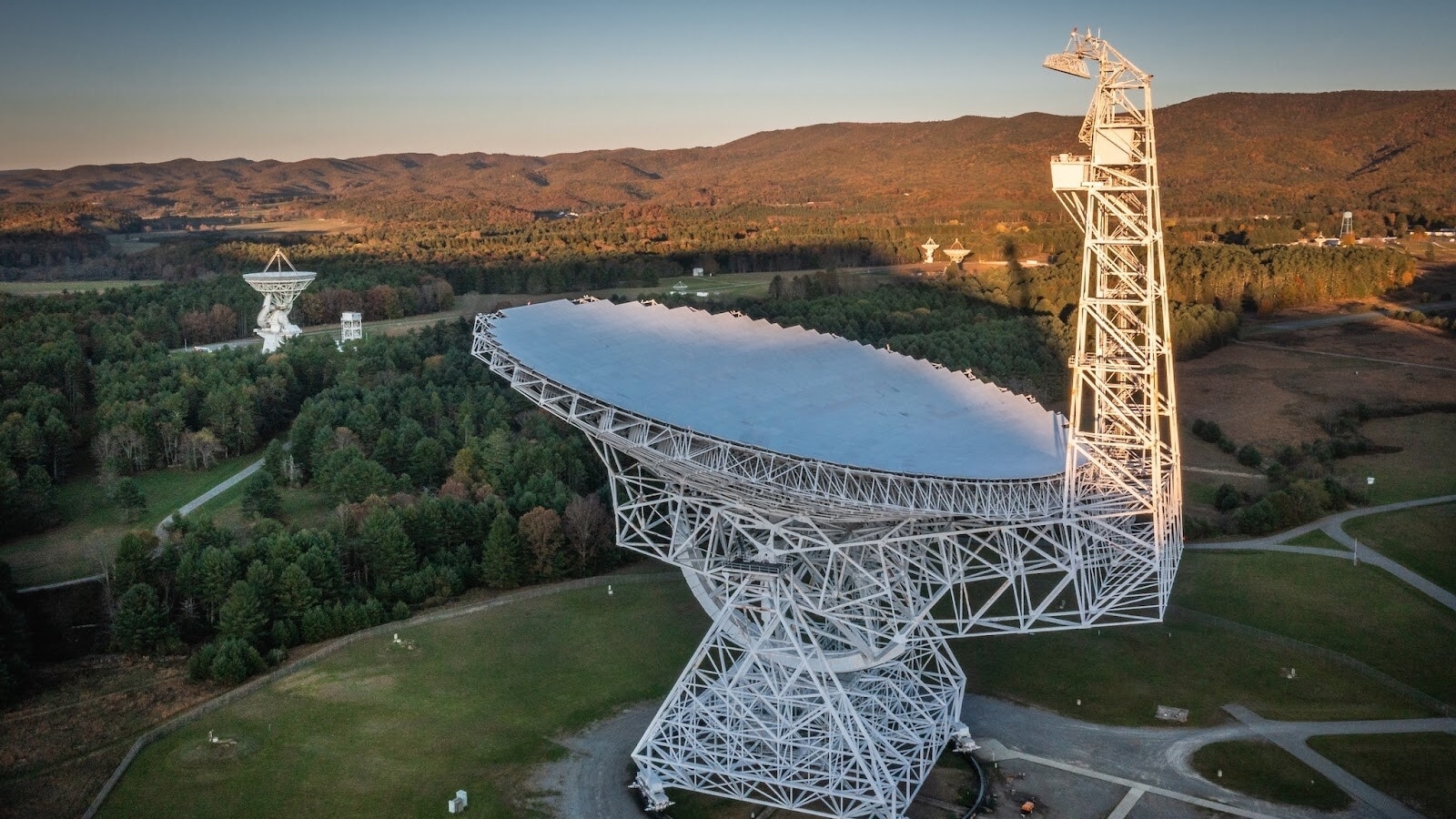
 View all Images
View all ImagesAfter extensive efforts to detect extraterrestrial intelligence, a message from outer space was picked up by three prominent Earth-based radio astronomy observatories today. The signal originated in the vicinity of Mars, and its contents remain hidden at present. However, contrary to initial excitement, the message is not of extraterrestrial origin. It was deliberately transmitted as part of a simulation to mimic an actual communication from aliens. This exercise serves as a dress rehearsal, enabling us to gauge our preparedness and response if we were to encounter a genuine extraterrestrial message. This was organised by the astronomers at the SETI Institute in Mountain View, California.
SETI is devoted to searching for signs of extraterrestrial intelligence and it aims to initiate a global decryption and decoding game, allowing anyone to participate in deciphering the signal's meaning. A dedicated website called "A Sign in Space" will serve as a platform for discussions, guesses, and weekly workshops related to the message.
Despite radio astronomers diligently listening for signs of alien signals over the past 50 years, no intentional or unintentional transmissions from other civilizations have been detected. The vastness of the Milky Way Galaxy, with approximately 200 billion stars is yet to be explored and it provides an expansive search area for potential life.
The encoded message that will be used in this simulation was meticulously designed by a team led by Daniela de Paulis, an artist in residence at the SETI Institute and the Green Bank Observatory. Only upon deciphering the message will its contents be revealed to the eager participants.
However, history has shown that decoding such signals is a formidable challenge. In 1974, Frank Drake, widely regarded as the father of SETI, crafted a message transmitted from the Arecibo radio antenna. Although the message contained images and patterns formed by zeros and ones, it remained incompletely deciphered, even by esteemed individuals like Carl Sagan.
The simulation event commences with the ExoMars Trace Gas Orbiter, a robotic explorer positioned above Mars by the European Space Agency. After the spacecraft transmits the encoded message, the signal will reach three telescopes—the SETI Institute's Allen Telescope Array in Northern California, the Robert C. Byrd Green Bank Telescope in West Virginia, and the Medicina Radio Astronomical Station near Bologna, Italy. Upon processing the signal, each observatory will share its findings on the experiment's website, inviting all Earthlings to join in the analysis.
According to de Paulis, receiving a message from an extraterrestrial civilization would be a transformative experience for humanity.
In the days to come, additional events centred around investigating unexplained aerial phenomena will take place. Following the Pentagon's disclosure of investigating unidentified flying objects, NASA has established a committee to apply scientific standards to the study of these phenomena, referred to as unidentified anomalous phenomena or U.A.P.s. On May 31, NASA plans to host a public meeting to discuss the progress made so far.
While the excitement of a potential alien encounter remains unrealized, the search for extraterrestrial intelligence and exploration of unidentified phenomena continue to captivate human curiosity.
Catch all the Latest Tech News, Mobile News, Laptop News, Gaming news, Wearables News , How To News, also keep up with us on Whatsapp channel,Twitter, Facebook, Google News, and Instagram. For our latest videos, subscribe to our YouTube channel.





























